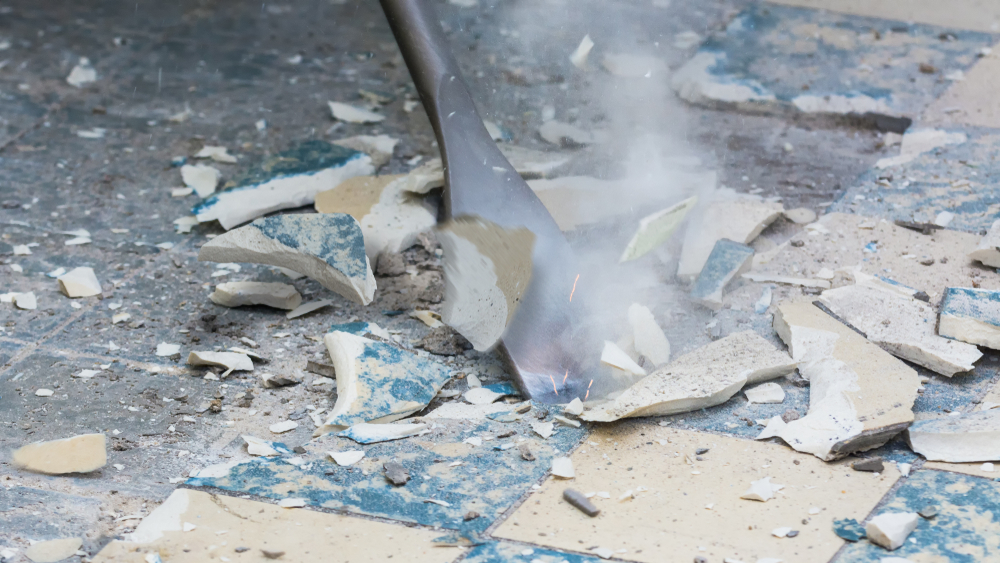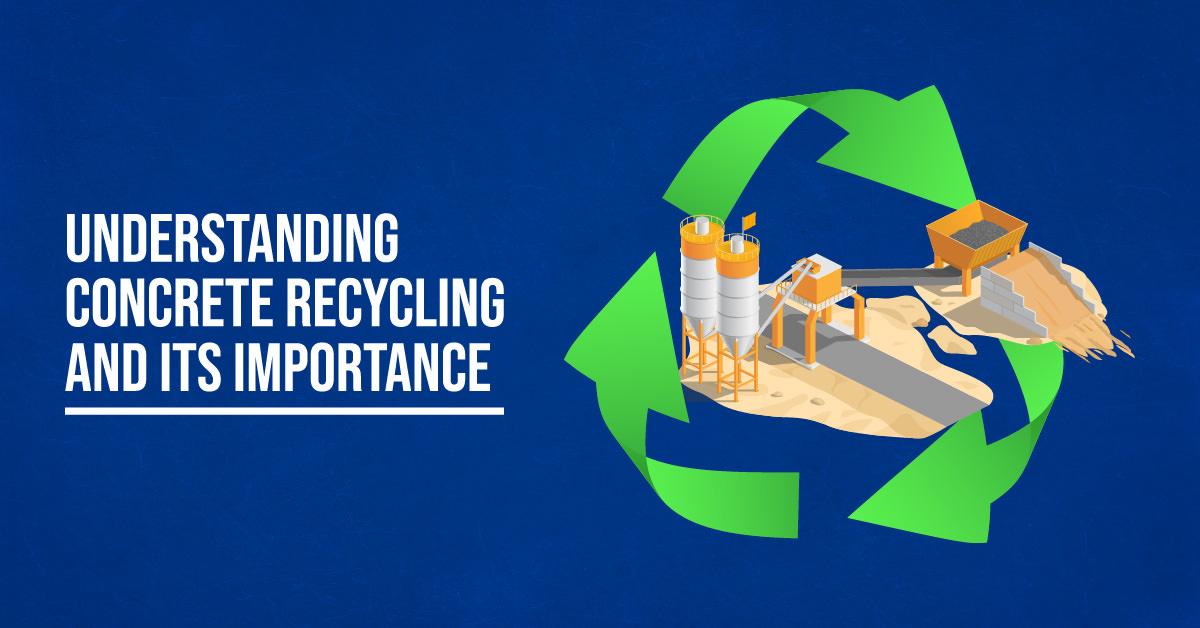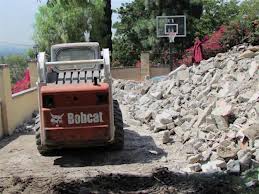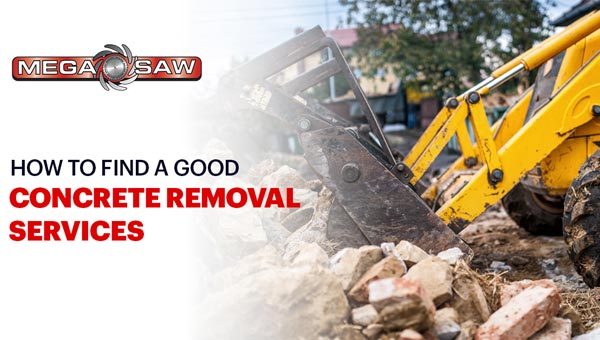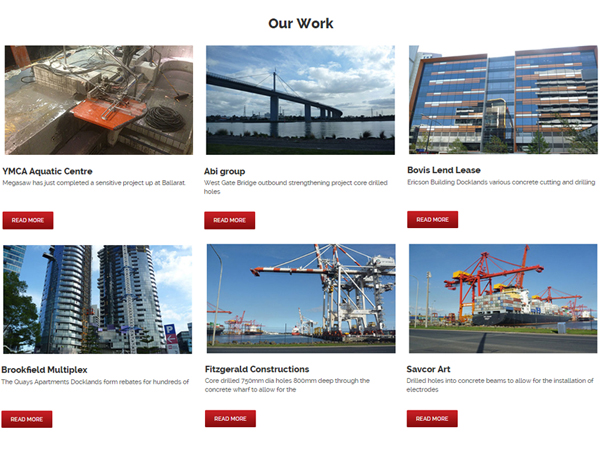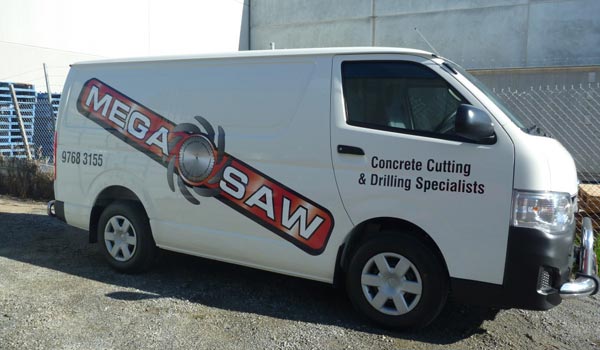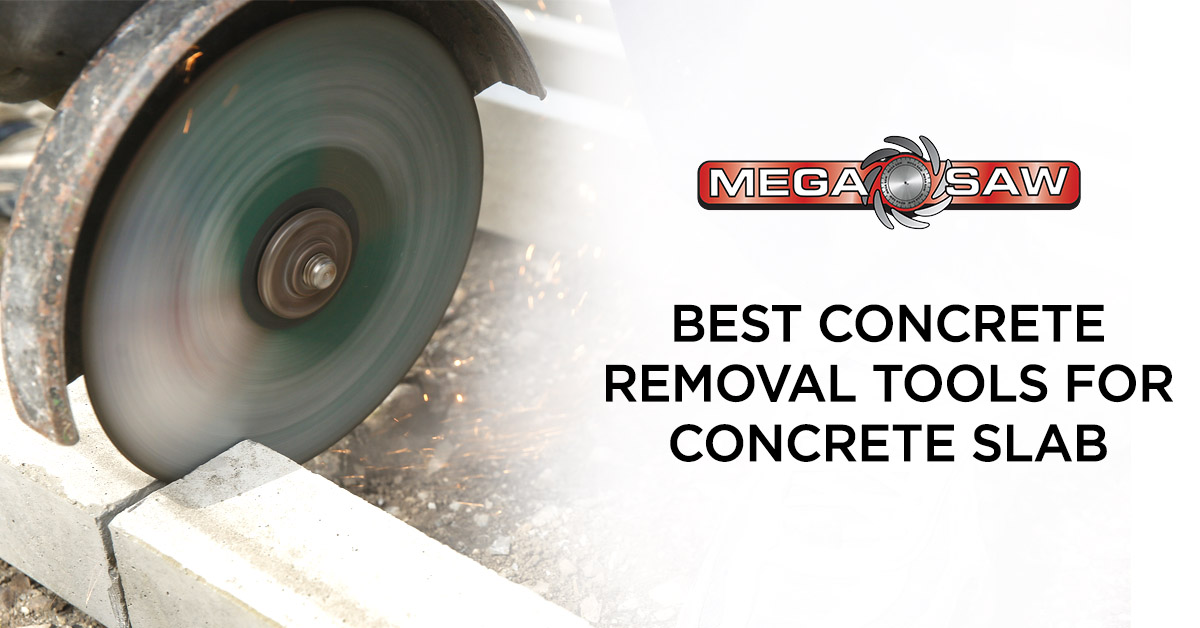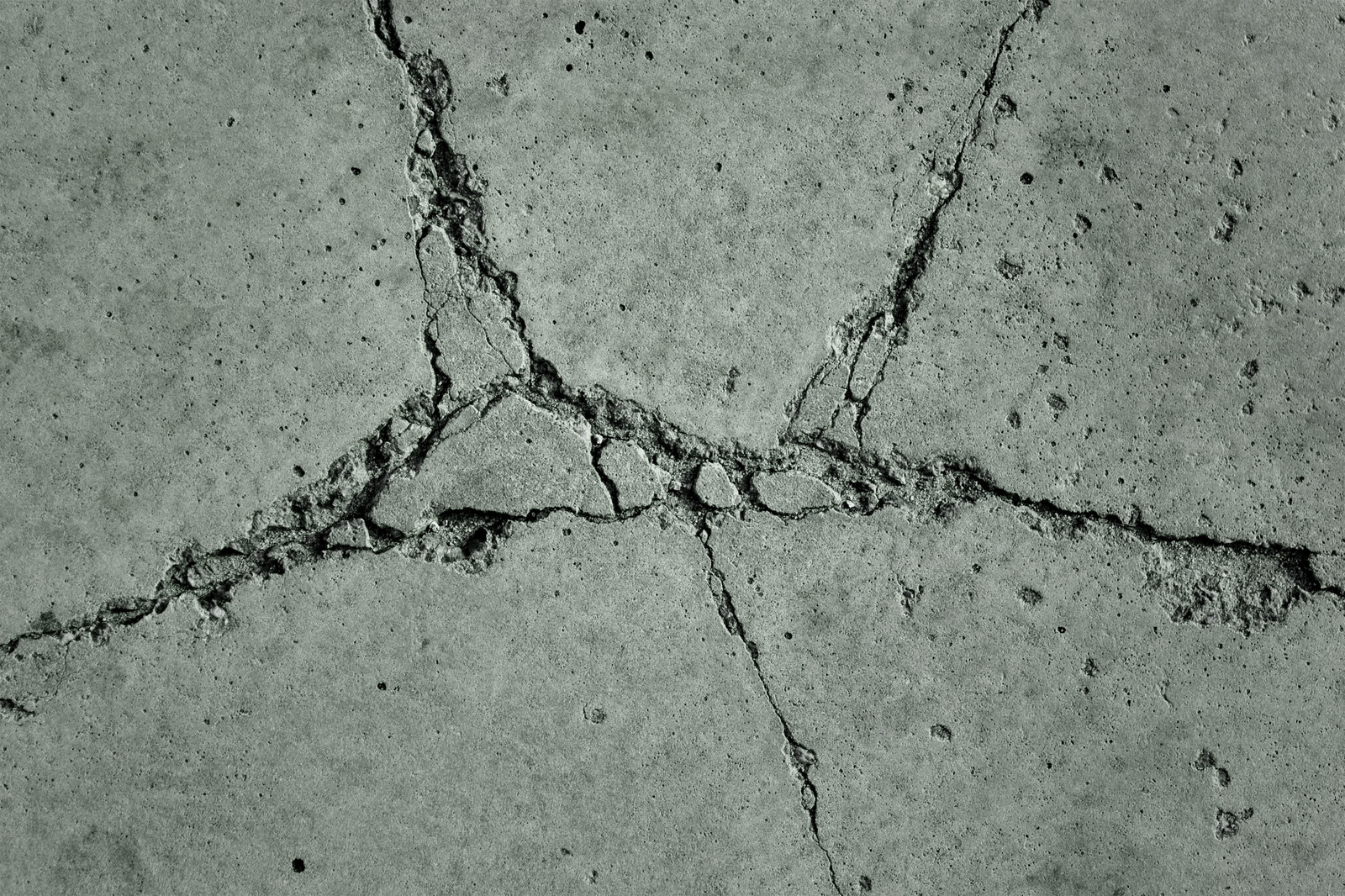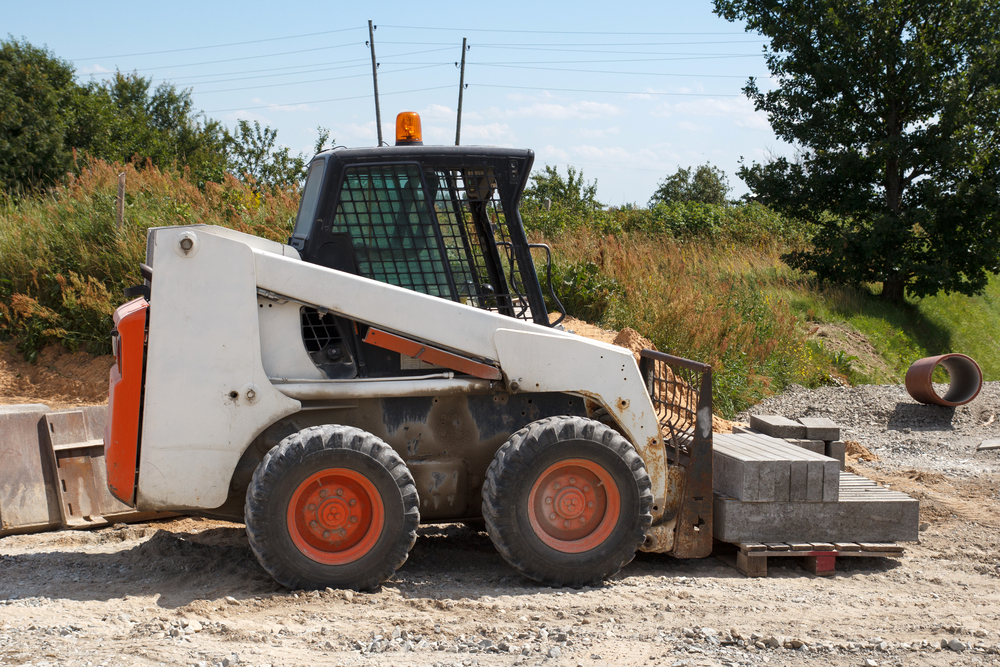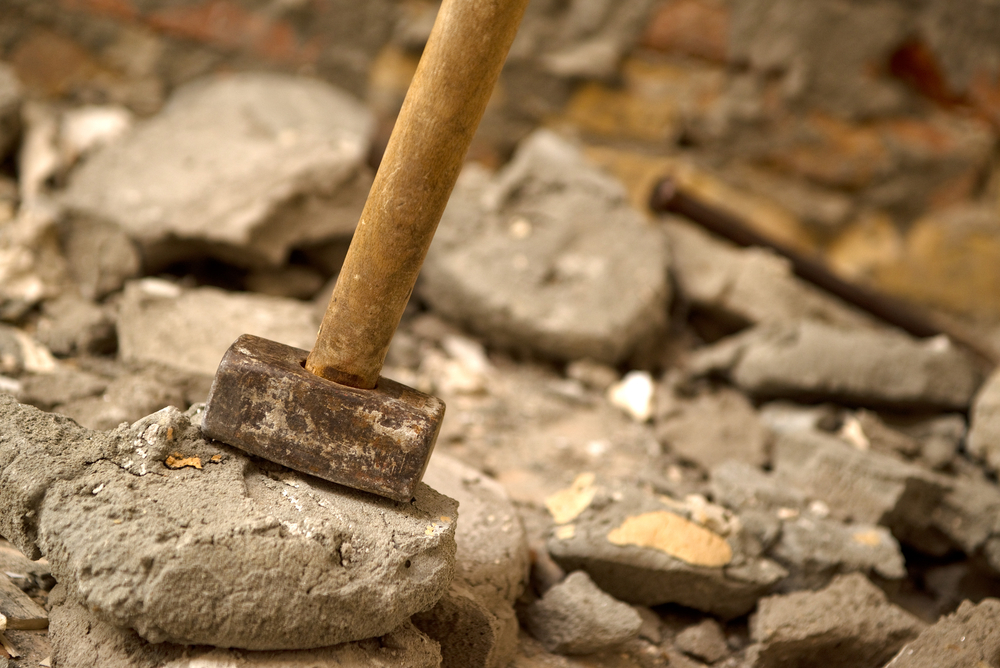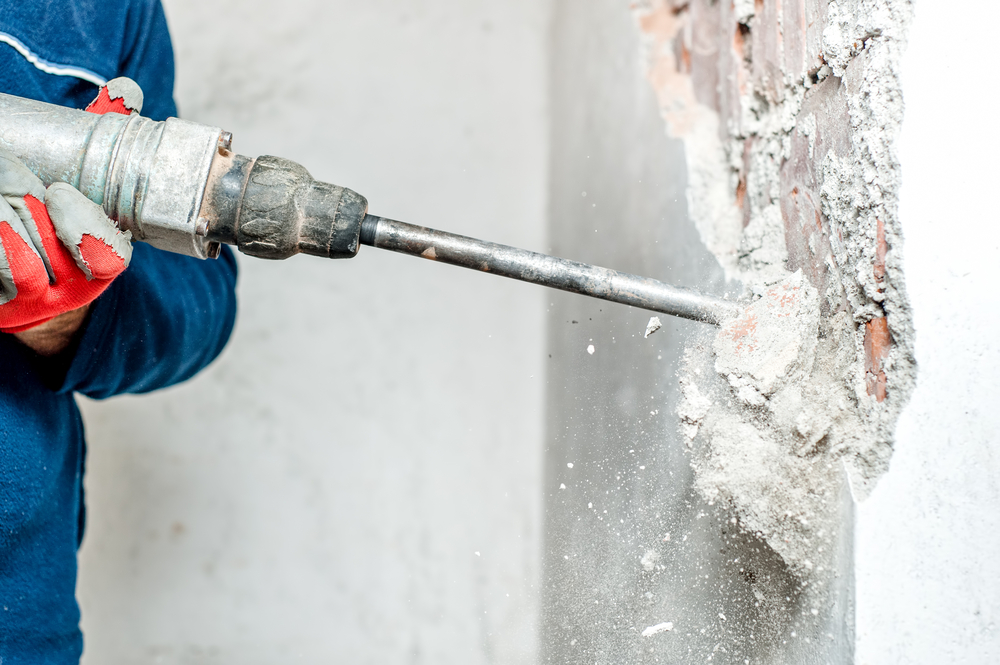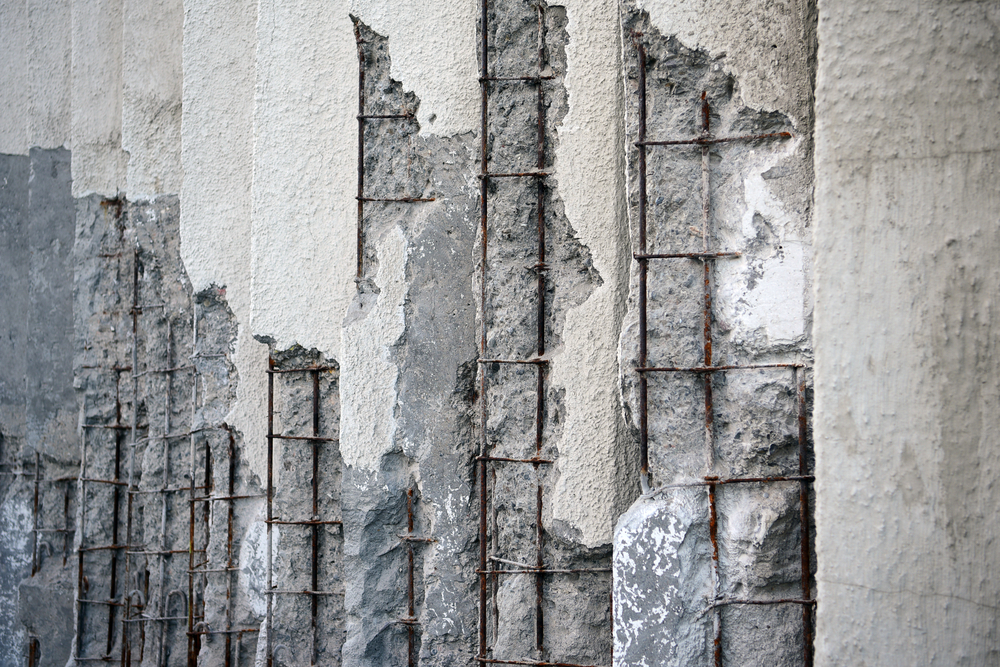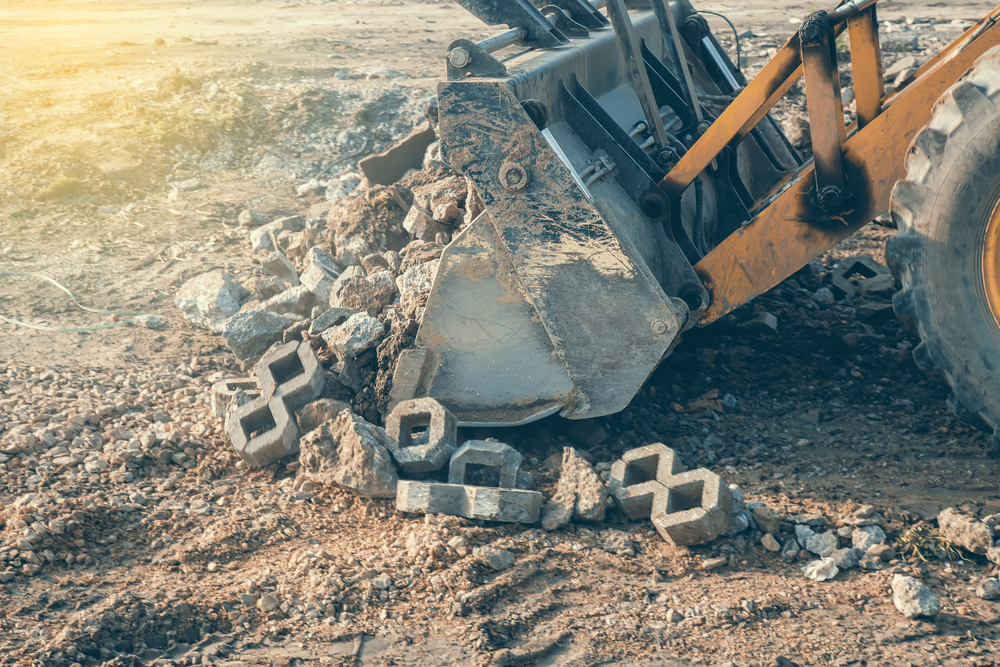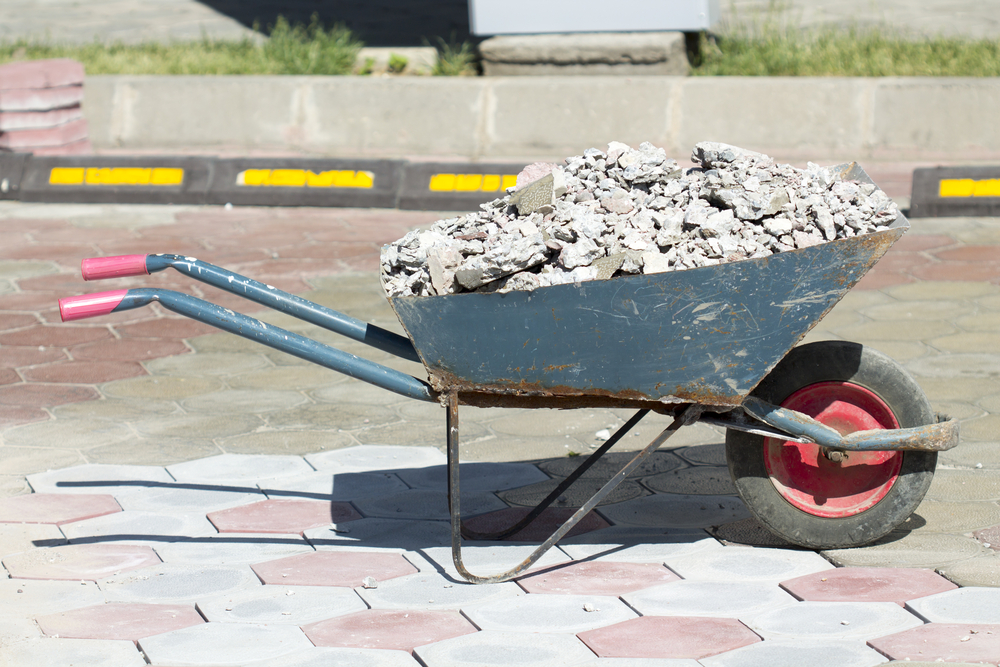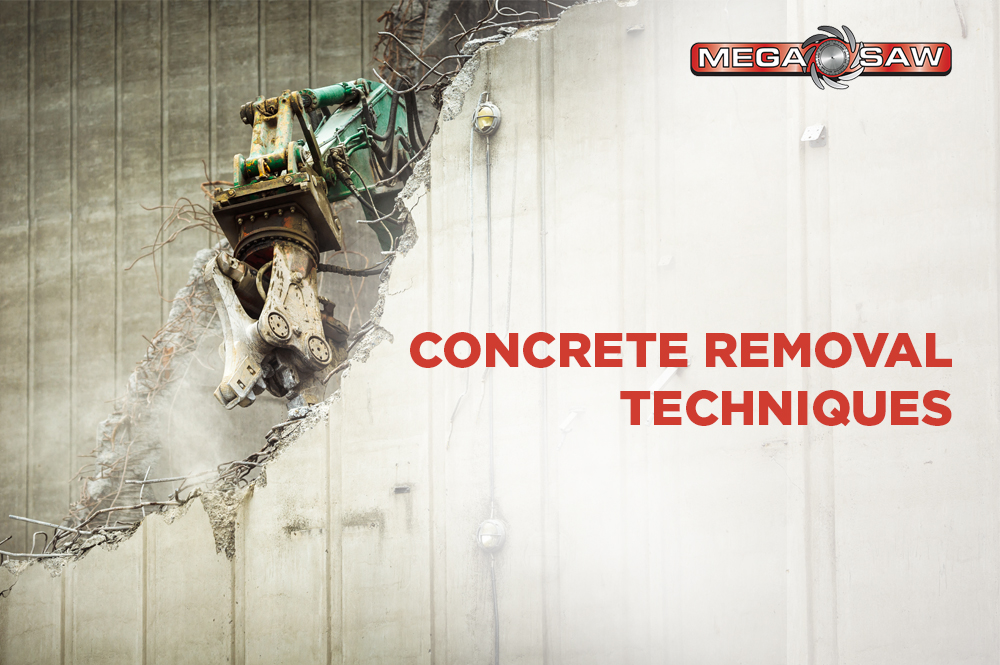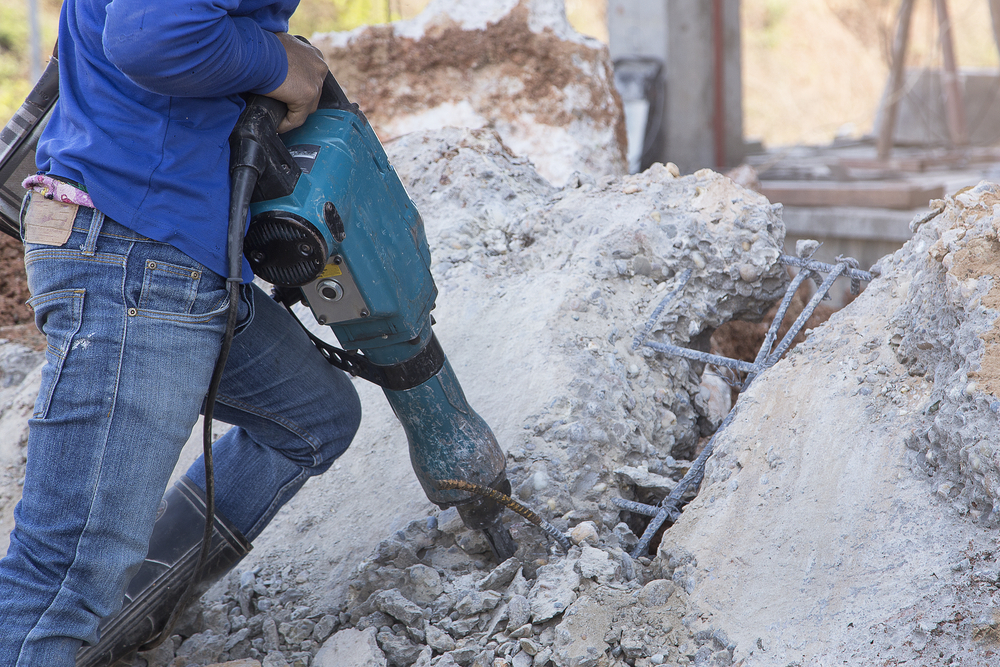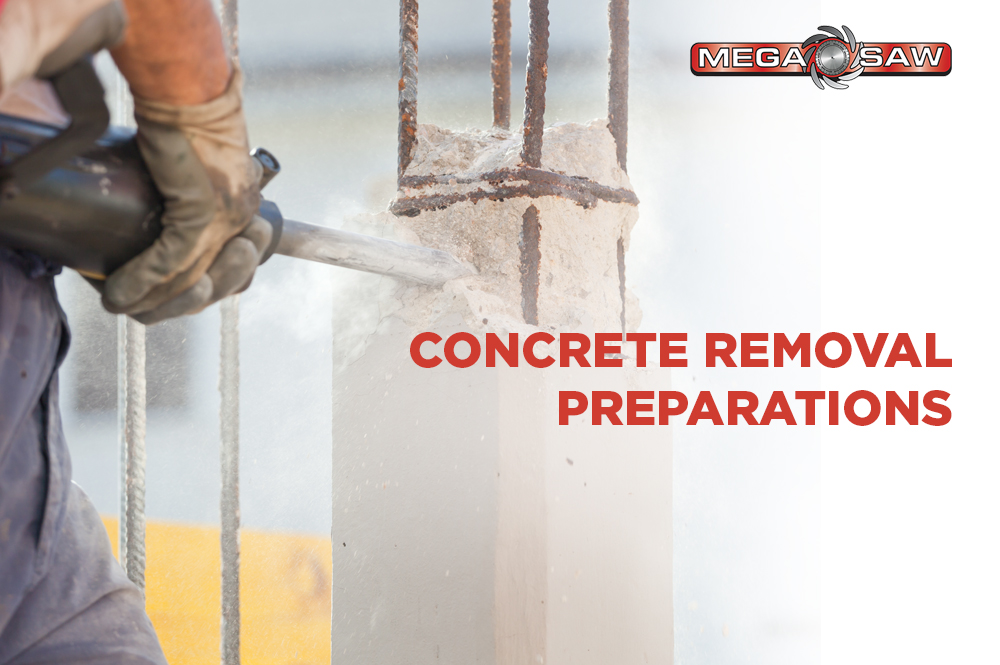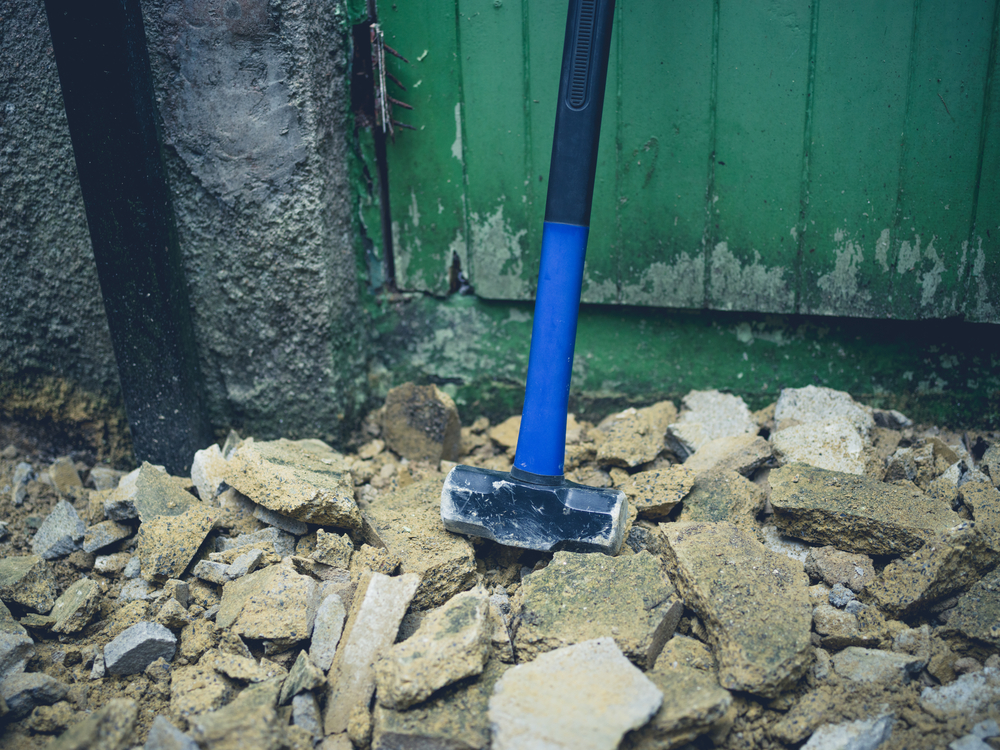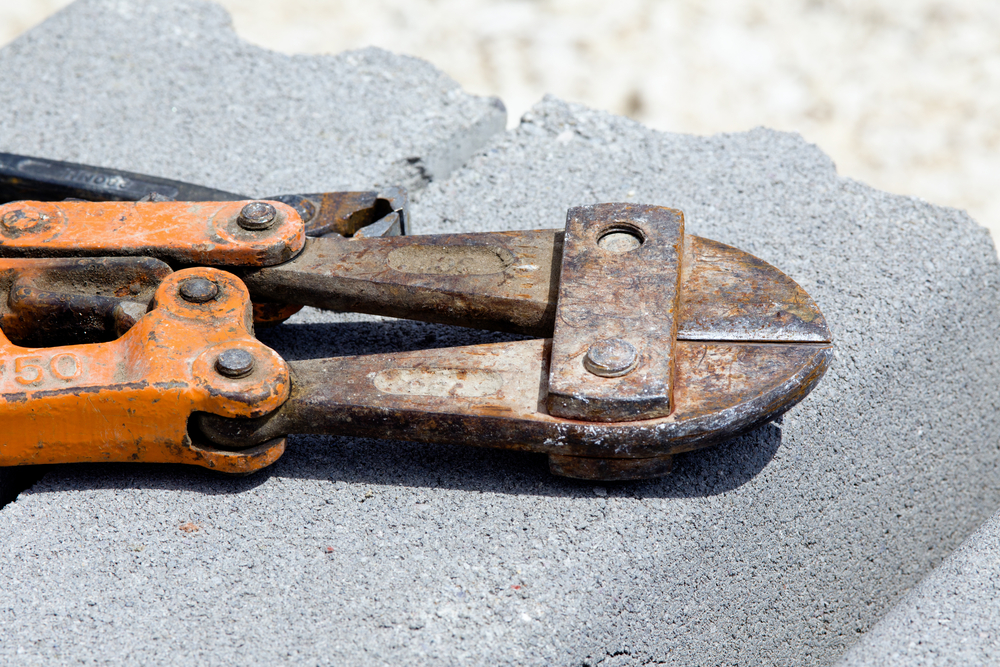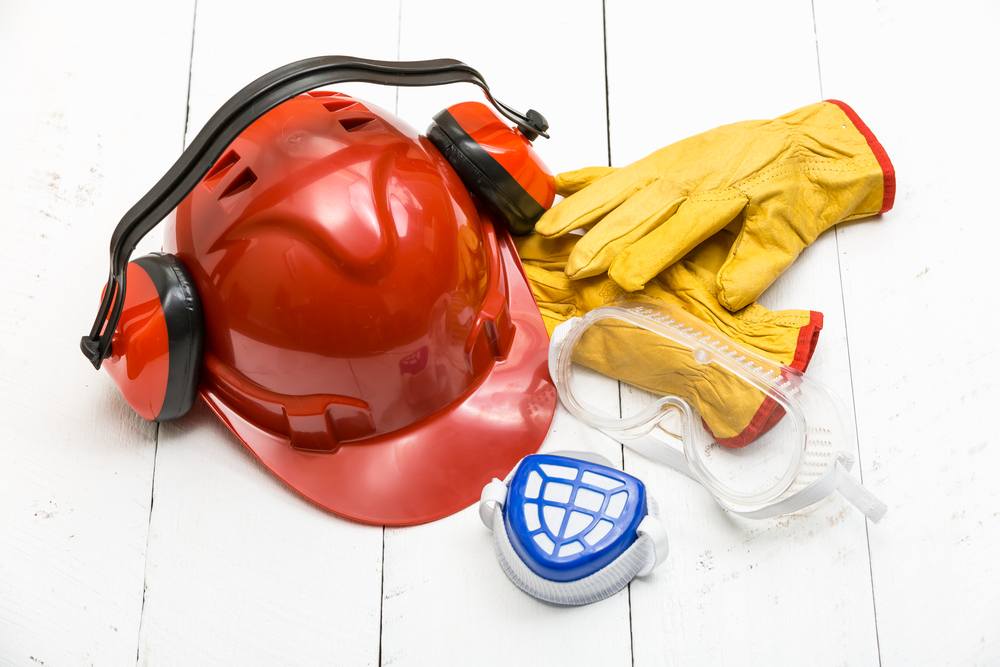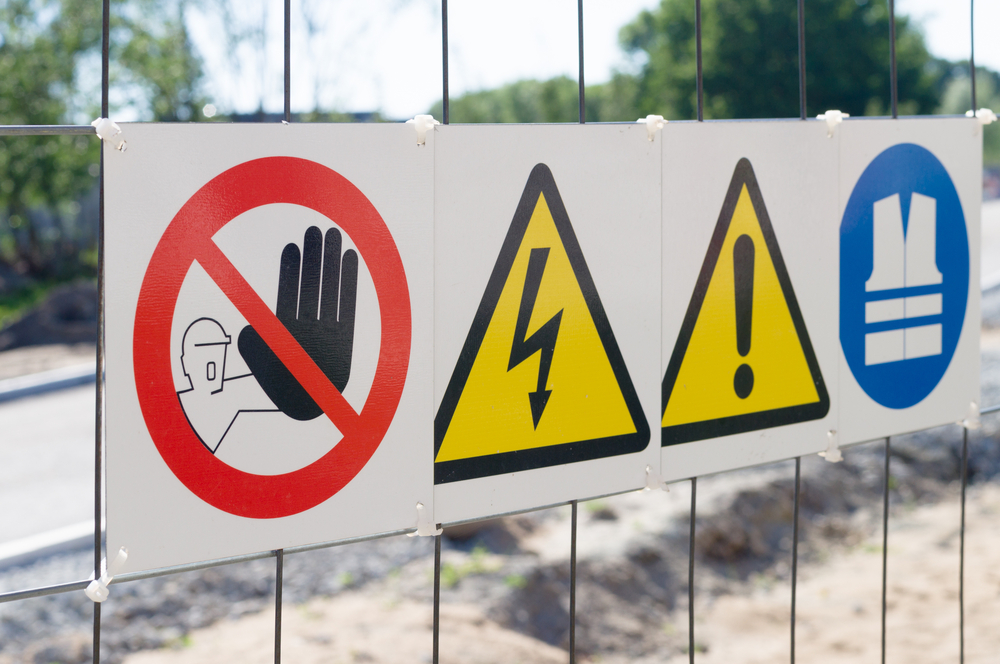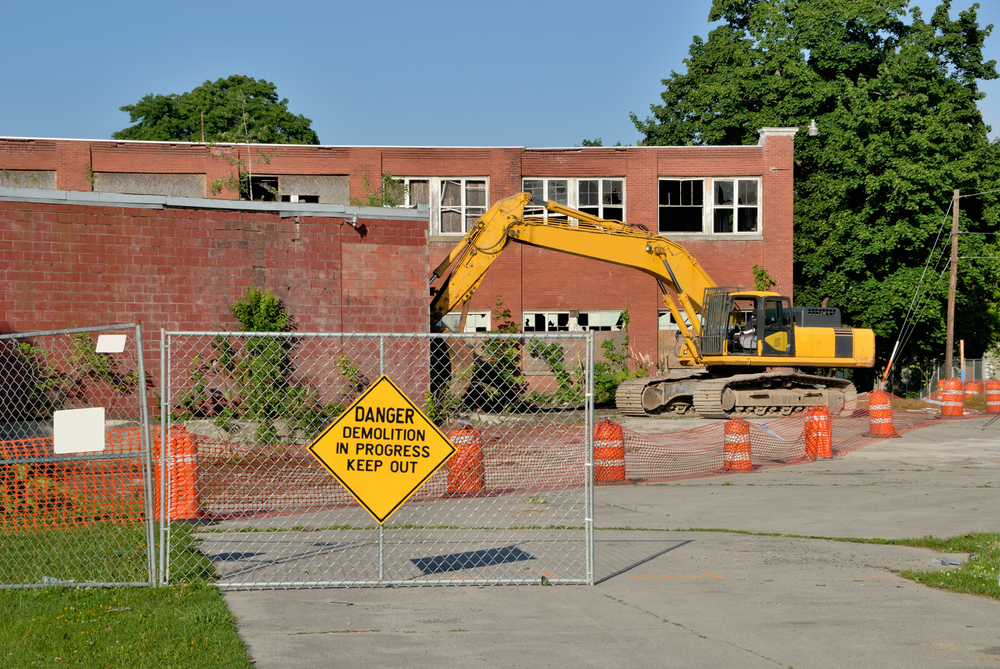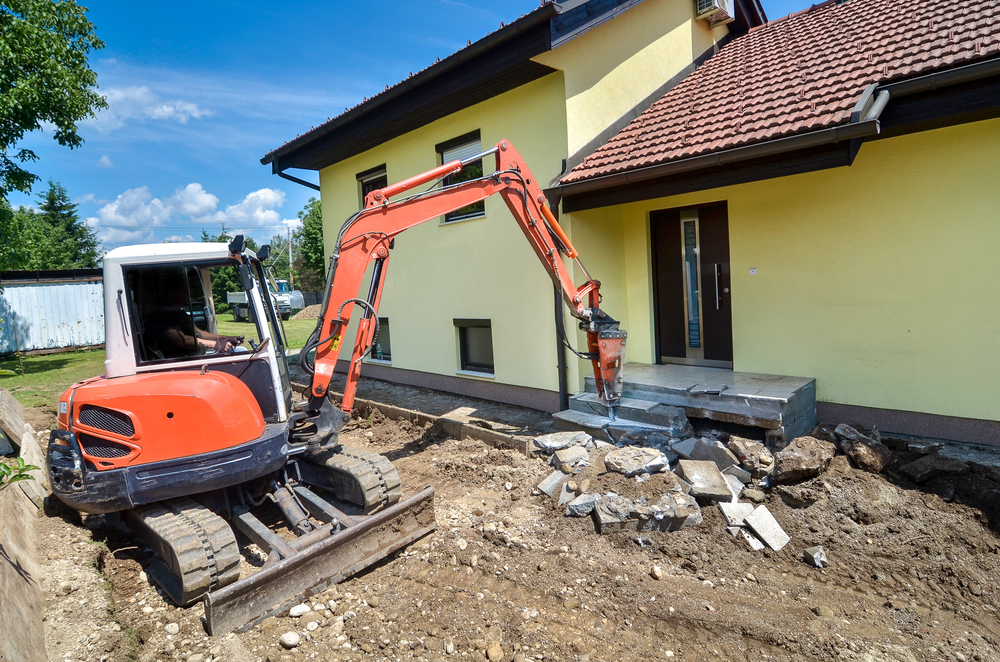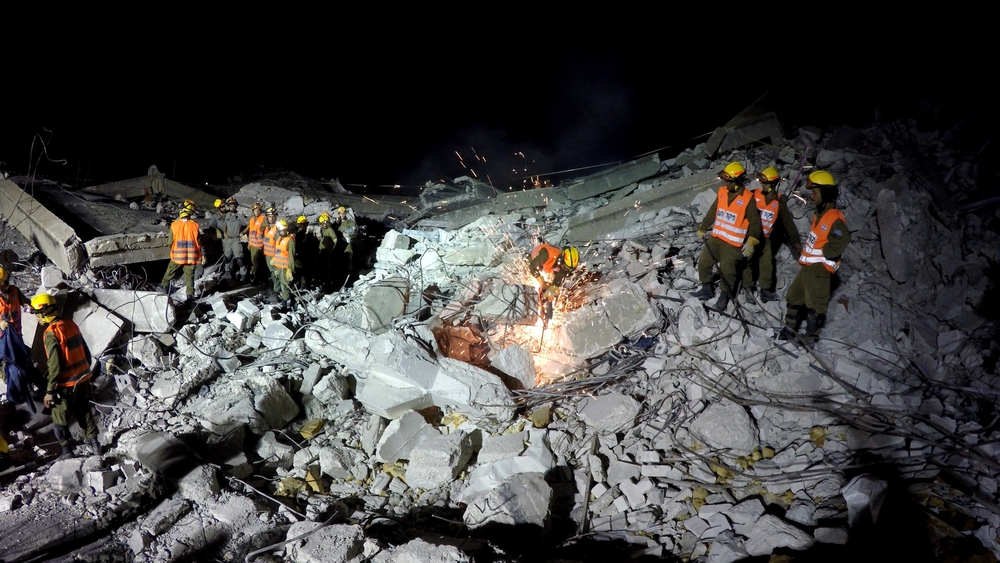Do you have a concrete cutting or removal project? Did you know that concrete cutting, breaking, and removal isn’t as easy as you may think? Please read below for more information.
Breaking and removing street pavement to give way to a new concrete pavement is usually done by big-time contractors with the right technology and equipment.
However, if you have a minor domestic concrete cutting project such as repairing water or drain leaks in your yard, you need to know how to deal with such a situation.
Even if you decide to hire a professional concrete cutting service for such a minor project, you should still know about the basic steps for cutting, breaking, and removing concrete.
Here are 8 steps for cutting, breaking, and removing concrete in your home or garden.
- Prepare The Site
- Have The Right Tools
- Use Safety Equipment
- Lay Out The Area
- Cut The Concrete
- Break The Concrete
- Remove The Concrete
- Complete The Work
Prepare The Site
The specific site should be cleared of all clutter before cutting concrete. Try your best to clear as much dust and debris from the site.
The passage should be clear enough so that you can easily remove the broken concrete by following the appropriate safety procedures.
Have The Right Tools
Make sure you have the right tools when you plan to cut concrete in your home or yard.
You should have an electric concrete cutter with a diamond blade, a large pry bar, a sledgehammer, a shovel, a bolt cutter to cut the wire mesh, a jackhammer, and a demolition saw for rebars.
Use Safety Equipment
Concrete cutting is a dirty job that can affect your respiratory health. You should have the right safety equipment ready for such a project.
Here is some of the safety equipment you need – Goggles, thick gloves, chalk for line marking, ear protective gear, dust mask, work boots, and thick clothes to protect you from tiny fragments of concrete may fly around at different directions.
Lay Out The Area
Use a straight-edge piece of wood and coloured chalk to mark the area you’re cutting. The line marks should be wide enough so that you can clearly see them, even from a distance.
Cut The Concrete
Set up the concrete saw to cut at a 50mm blade depth over the guideline.
When you start the cutting of concrete, don’t forget to spray the surface area around the blade with water to prevent the concrete dust from becoming airborne.
This will also prevent the concrete cutting blade from being overheated. However, you need to ensure that water is not sprayed on the electric saw.
Once you complete the line cut, you can adjust the blade in the cutting saw to 100mm and repeat the steps.
Break The Concrete
Once the cutting is done, position the jackhammer to break the concrete slabs. The weight and movement of the jackhammer will be enough to break the concrete.
Make sure you remove the first few broken pieces of concrete to make room for the next pieces to fall off.
If the concrete pieces are supported by wire mesh, you may have to use the bolt cutter to cut the mesh.
Remove The Concrete
You need thick gloves to manually load the broken concrete pieces into sacks that are easy to carry. Use the shovel to scoop the tiny fragments of concrete into the sack.
Make sure you follow all the safety procedures when removing concrete from the site.
Complete The Work
If you are still not satisfied with the depth of the cutting once you initially clear the area, you may use the jackhammer to level the area. Repeat the process until you are satisfied with the results.
If you are looking for a specialist concrete cutting company who uses only the best practices to get the job done right, then please call us at Megasaw on 1300 920 419 or contact us through our website.

